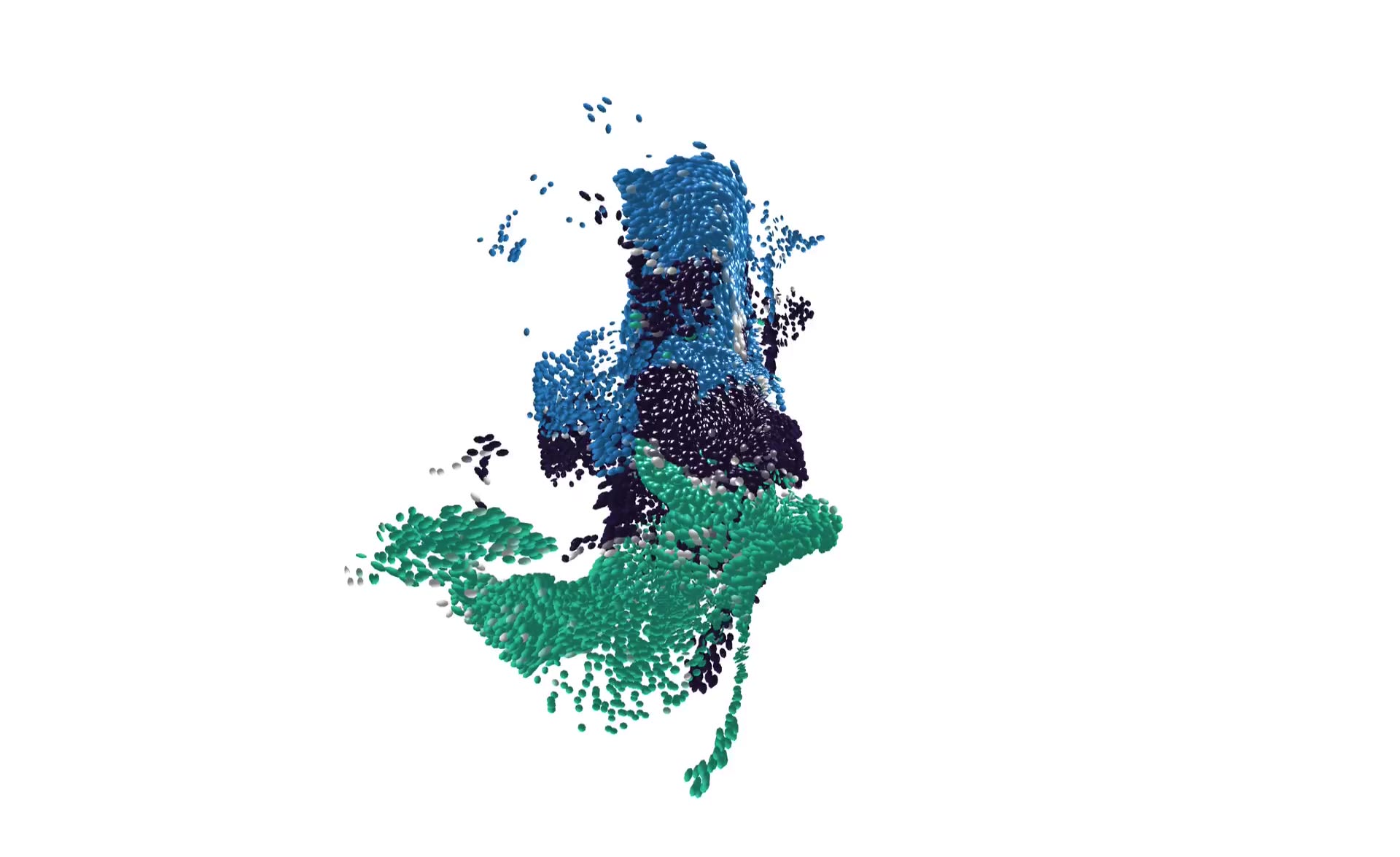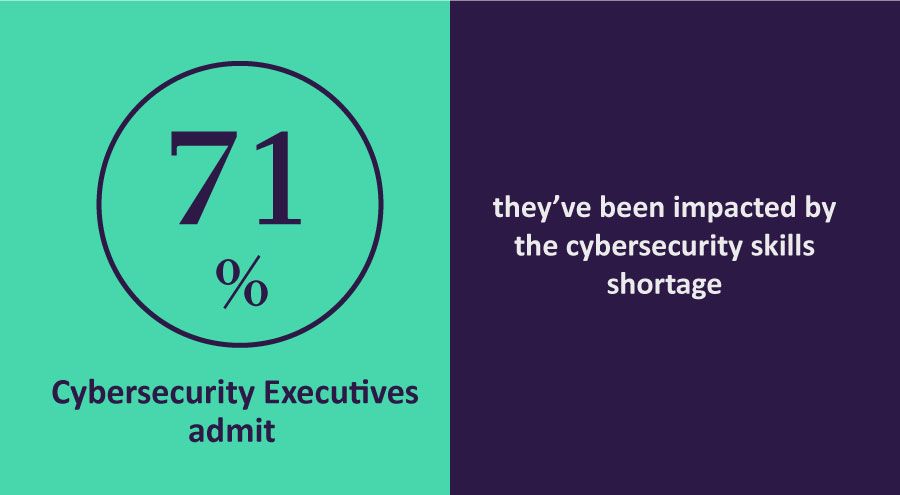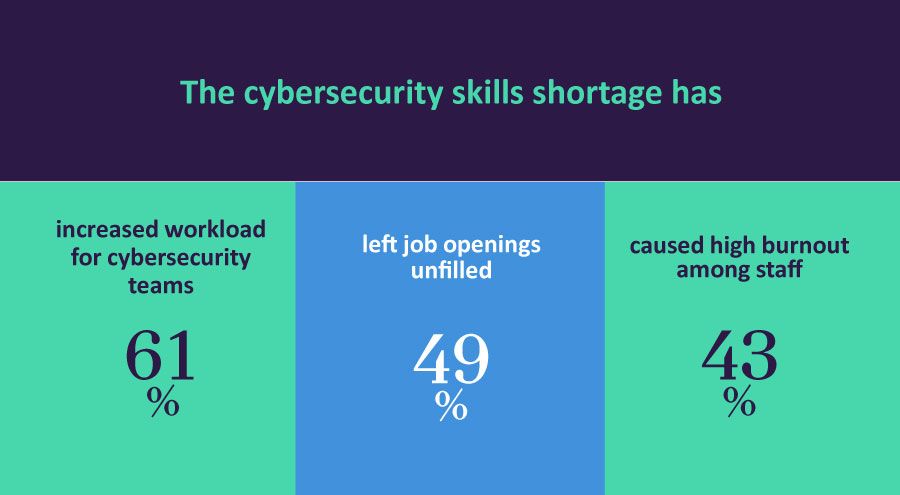The Art of Skills-Based Hiring:
How to increase productivity and growth while averting the current skills crisis
Contributors:
April Hicks
Head of Global Talent Acquisition, People Strategy & Enablement, Bank of America
Tim Gillespie
Interim Head of The Academy, Bank of America
Josh Bersin
Founder, Josh Bersin Company
Lisa Forrest
Managing Director, Client Services, Americas, AMS
Bernard Marr
Futurist, strategic advisor and business author


Building talent is often more effective than recruiting, and is now considered essential for enterprise success, candidate attraction and employee retention.
Here’s what forward-looking TA and HR leaders must remember to retain talent and drive productivity.


Do you hear that sound? Throughout nearly every business, human resource and talent acquisition leaders can hear the quiet rumble of a crisis resulting in the lack of skilled employees and recruits. It’s getting louder and most C-suite executives are only just beginning to respond to these ominous signs.
Look at some headlines:
- Recently, Slack, the workplace chat platform owned by Salesforce, placed its employees on a one-week hiatus to earn “Ranger Status” via its Trailhead online learning platform
- A recent Enterprise Strategy Report found that 71% cybersecurity executives admit that they’ve been impacted by the cybersecurity skills shortage, which has increased workload for cybersecurity teams (61%), left job openings unfilled (49%), and caused high burnout among staff (43%)
- Taiwan Semiconductor Manufacturing Company postponed the opening of its Arizona chip factory to 2025 due to a shortage of technical workers

We are in the midst of a critical skills crisis. According to news reports, HR and TA experts believe that by 2030, demand for skilled professionals will far outstrip supply, and will result in a financial impact of $8.452 trillion in unrealized revenue. This crisis has spread to many fields that were once seen as desirable and lucrative by candidates and were once easy to find capable workers: IT, cybersecurity, finance and environmental science among others. But there is hope, say TA and HR leaders. The good news is that there are solutions to this crisis if companies address this challenge head on by evaluating how and where they find talented people. In short, they must invest in their future with the skills they need to be producers and leaders inside their companies.
This is where reskilling, upskilling and new skills can become the differentiator between failure and success.
According to HR technology analyst Josh Bersin, one answer to the ever-expanding skills crisis is to lean in “fast and hard” to reskilling the existing workforce. But this is easier said than done, he adds.
“Reskilling is an intentional shift in how your company thinks about employee learning and development as well as retention, and it requires coordination at all levels of your organization,” says the founder of HR technology market research firm The Josh Bersin Company. “But if you get it right, you will reap the benefits from increased productivity—aka profitability—as well as developing higher rates of employee retention and a deeper commitment towards your brand.”
TA leaders have heard this message loud and clear and are responding to the changing nature of employee and candidate skills. Not long ago, a candidate’s resume lead with their job experience and education on top of the paper or electronic resume with a small list of skills at the bottom of the document.
"Now, skills have switched places in importance and priority with education and experience thanks to the increased demands of modern work,” says Lisa Forrest, Managing Director of Client Services for AMS.
“The skills that I had at the bottom of my CV were relevant when I started my job and were probably relevant 10 years into my job, but those skills might no longer be relevant two years from now,” she says.
The increased and insatiable demand for new skills has spurred employers to hire candidates for the skills that they currently possess, but HR and TA leaders must also be aware of the skills they will need for the same role in the years to come. If that were not challenging enough, employers must screen for candidate’s willingness to learn new skills as well.
“It's not just the skills that the candidate has today. It's their ability that I see in them to acquire additional skills as they work,” says Forrest. “I may not care if they worked on a legal, sales or an operations team I want to know if they can learn new ones along the way.”

Unfortunately, Forrest says this is where leaders get “stuck.” Hiring managers may know the hard skills that a role requires—knowledge and experience with risk and compliance in financial services, for example—but they may not know the soft skills that are also necessary for filling a new role.
“When you ask a company to work out what skills they need, they typically are asking for soft skills. They might be negotiation skills, a level of moral conduct and code of behavior. It could be the need for people to pay a high attention to detail or adherence to a framework of rules,” says Forrest. “Hiring managers and recruiters often find it difficult to pinpoint what they're asking for.”
Fortunately, there is no shortage of TA solution providers—many of which are AMS partners— whose tools can assess and infer current and emerging skills. According to Bersin, vendors like Eightfold, Gloat, Phenom, Beamery, and others use advanced AI to identify candidate skills from their job experiences and other relationships.
“The big challenges companies have is deciding what skills to associate with a given job, and then building a taxonomy. Most companies have over-engineered themselves to death and unfortunately, some tools are not really that useful yet,” says Bersin. “SAP is actually there but in general most companies are relying upon a new generation of talent intelligence tools to do this.”
When asked to name the hot skills for the future, Forrest calls this “the golden question.” Ironically, the quest for many of these hot skills in the coming two to four years are not entirely brand new. Just ask Bernard Marr. The futurist, strategic advisor and business author believes that the hot skills for 2024 will be found in Generative AI and machine learning, sustainability, project management and communications, healthcare, data, interpersonal networking, cloud computing, and cybersecurity. Although these topics have been around for years—the concepts of cloud computing have been around since the 1960s—the skills required to master these constantly developing fields continue to grow at a rapid pace.
This is why employers must focus on skills and reskilling candidates and current employees like never before.


Enter “The Academy” at Bank of America
One employer that did just that is Bank of America. One of the world’s largest financial institutions, it offers skilling and reskilling to its 213,000 global employees via The Academy of Bank of America.
According to Tim Gillespie, interim head of The Academy, the bank’s in-house education initiative began in 2016 with a focus on its consumer business and financial centers and expanded to wealth management in 2019. In 2021, Bank of America merged its global learning organizations and officially launched The Academy at Bank of America to support the career development of all employees.
Gillespie says that The Academy is a “shining example of true partnership” across Bank of America’s different functions including lines of business, global human resources and other divisions. “We knew that there was variability in the employee experience happening across the board, both in onboarding and upskilling, and making sure that people understood what's expected of them in that role,” he says.
Once it started its skilling initiative, Bank of America soon realized that it had to gather disparate groups inside the bank to deliver consistency for new employees. “We know that if new recruits can be onboarded and feel like they're cared for, set up for success, understand the values and expectations of our company, that we are far more likely to improve retention, and therefore reduce attrition,” Gillespie says. He adds that the bank wanted to increase the speed to proficiency and productivity, which ultimately helps to serve the client better.
The Academy also supports industry licenses and designations such as the Series 7 - aka the General Securities Representative Exam—and Certified Financial Planner degree. “We provide them with a calendar, the resources, and in many cases, instructor-led training to allow them to do that while they continue in their role at Bank of America,” he says.
The Academy also leverages immersive technology for learning - including deploying virtual reality (VR) headsets at 4,000 financial centers to better equip employees for challenging conversations, train for banking and advising procedures, and even how to respond to dangerous situations like a bank robbery. Last year, The Academy conducted more than 940,000 practice sessions in its immersive technology modalities, and teammates shared that the exercises helped them deliver better service to bank clients and customers.
Along with building up The Academy with cutting-edge technology, the bank is in its third year of creating a job architecture, which includes a robust skills library to help the bank create a job framework that groups similar jobs inside the organization.
“This ensures that people have a clear understanding of what we call ‘job families’ to help anyone who wants to move across the company,” says April Hicks, Head of Global Talent Acquisition, People Strategy & Enablement at Bank of America. Prior to the creation of this job architecture, Hicks says the bank didn’t have a consistent language or framework to entice people to pursue new skills. “It became challenging for people to assess a skill when we're not talking about that skill in the same way,” she recalls.
In response, Bank of America created a skills library that boasts more than 200 skills and is in the process of embedding those skills into its HR processes with plans to link them to its employee learning solutions.
“We've used it to create job descriptions that are standardized and make it easy for employees to look at it and say, ‘now I get it,’ ” she says.
While The Academy and the skills taxonomy are powered by a variety of HR and TA technology solutions, they all operate with Bank of America’s core HR solution, Workday. The bank also built a custom jobs portal that houses every job description, related information, and how it connects with the Bank of America workforce. “All of that information flows between Workday and the other solutions to ensure that that information can be fed into our hiring processes,” says Hicks.
The good news, the reskilling program inside Bank of America has had a positive impact on employee retention even as other global companies struggle to address the skills crisis. Bank of America’s internal talent communities have helped drive employee retention as employees have the ability to learn about new roles and opportunities inside the bank and obtain the skills needed for those positions. In 2022, Hicks says that 30,000 Bank of America employees moved to new roles within the organization.
“We want individuals to work for us for a career, not a job. We absolutely believe in making it easy for our employees to move throughout the company,” says Hicks.
“We're a big company and frankly, there's no reason to go down the street,” she says. “Why not stay with us and let us help you find that opportunity inside Bank of America?”
written by Phil Albinus and reviewed by Catalyst Editorial Board
with contribution from:

Enter “The Academy” at Bank of America
One employer that did just that is Bank of America. One of the world’s largest financial institutions, it offers skilling and reskilling to its 213,000 global employees via The Academy of Bank of America.
According to Tim Gillespie, interim head of The Academy, the bank’s in-house education initiative began in 2016 with a focus on its consumer business and financial centers and expanded to wealth management in 2019. In 2021, Bank of America merged its global learning organizations and officially launched The Academy at Bank of America to support the career development of all employees.
Gillespie says that The Academy is a “shining example of true partnership” across Bank of America’s different functions including lines of business, global human resources and other divisions. “We knew that there was variability in the employee experience happening across the board, both in onboarding and upskilling, and making sure that people understood what's expected of them in that role,” he says.
Once it started its skilling initiative, Bank of America soon realized that it had to gather disparate groups inside the bank to deliver consistency for new employees. “We know that if new recruits can be onboarded and feel like they're cared for, set up for success, understand the values and expectations of our company, that we are far more likely to improve retention, and therefore reduce attrition,” Gillespie says. He adds that the bank wanted to increase the speed to proficiency and productivity, which ultimately helps to serve the client better.
The Academy also supports industry licenses and designations such as the Series 7 - aka the General Securities Representative Exam—and Certified Financial Planner degree. “We provide them with a calendar, the resources, and in many cases, instructor-led training to allow them to do that while they continue in their role at Bank of America,” he says.
The Academy also leverages immersive technology for learning - including deploying virtual reality (VR) headsets at 4,000 financial centers to better equip employees for challenging conversations, train for banking and advising procedures, and even how to respond to dangerous situations like a bank robbery. Last year, The Academy conducted more than 940,000 practice sessions in its immersive technology modalities, and teammates shared that the exercises helped them deliver better service to bank clients and customers.
Along with building up The Academy with cutting-edge technology, the bank is in its third year of creating a job architecture, which includes a robust skills library to help the bank create a job framework that groups similar jobs inside the organization.
“This ensures that people have a clear understanding of what we call ‘job families’ to help anyone who wants to move across the company,” says April Hicks, Head of Global Talent Acquisition, People Strategy & Enablement at Bank of America. Prior to the creation of this job architecture, Hicks says the bank didn’t have a consistent language or framework to entice people to pursue new skills. “It became challenging for people to assess a skill when we're not talking about that skill in the same way,” she recalls.
In response, Bank of America created a skills library that boasts more than 200 skills and is in the process of embedding those skills into its HR processes with plans to link them to its employee learning solutions.
“We've used it to create job descriptions that are standardized and make it easy for employees to look at it and say, ‘now I get it,’ ” she says.
While The Academy and the skills taxonomy are powered by a variety of HR and TA technology solutions, they all operate with Bank of America’s core HR solution, Workday. The bank also built a custom jobs portal that houses every job description, related information, and how it connects with the Bank of America workforce. “All of that information flows between Workday and the other solutions to ensure that that information can be fed into our hiring processes,” says Hicks.
The good news, the reskilling program inside Bank of America has had a positive impact on employee retention even as other global companies struggle to address the skills crisis. Bank of America’s internal talent communities have helped drive employee retention as employees have the ability to learn about new roles and opportunities inside the bank and obtain the skills needed for those positions. In 2022, Hicks says that 30,000 Bank of America employees moved to new roles within the organization.
“We want individuals to work for us for a career, not a job. We absolutely believe in making it easy for our employees to move throughout the company,” says Hicks.
“We're a big company and frankly, there's no reason to go down the street,” she says. “Why not stay with us and let us help you find that opportunity inside Bank of America?”
written by Phil Albinus and reviewed by Catalyst Editorial Board
with contribution from:
April Hicks
Head of Global Talent Acquisition, People Strategy & Enablement, Bank of America
Tim Gillespie
Interim Head of The Academy, Bank of America
Josh Bersin
Founder, Josh Bersin Company
Lisa Forrest
Managing Director, Client Services, Americas, AMS
Bernard Marr
Futurist, strategic advisor and business author

